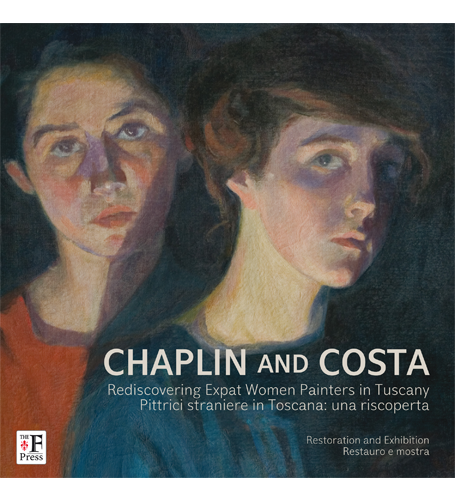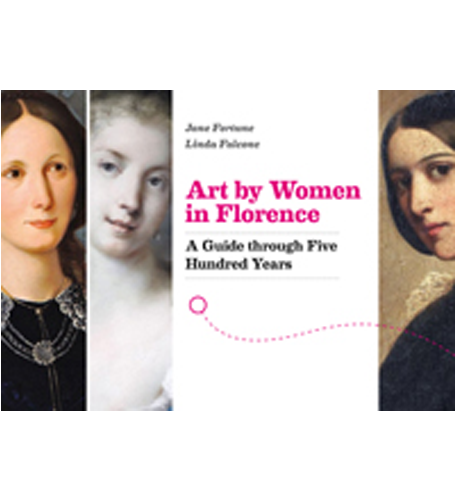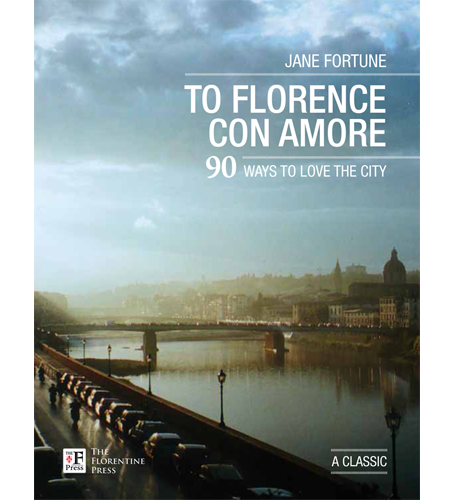Description
And having climbed the stairs of the Great Hall, diligently take a look at a group of horses and men (a battle piece by Leonardo da Vinci), which will strike you as a miraculous thing.
— Anton Francesco Doni (1549)
For centuries the whereabouts of Leonardo da Vinci’s masterwork mural of the Battle of Anghiari has been one of the art world’s greatest mysteries. Leonardo worked on a painting in the Great Hall of Florence’s Palazzo Vecchio for less than a year before abandoning it to pursue other commissions. The uncompleted fresco was reported to be deteriorating rapidly, and less than 50 years later, Giorgio Vasari was commissioned to cover Leonardo’s unfinished work with new, large-scale battle scenes. Yet those who saw Leonardo’s mural during its brief existence applauded it as his greatest work and commended it as a ‘school for the world’.
In Finding Leonardo: The Case for Recovering ‘The Battle of Anghiari’, art historian Rab Hatfield revisits historical data and scholarly analysis in light of new archival evidence and results from recent thermographic examinations to clarify the painting’s exact location in the Palazzo Vecchio.
Rather than submit his research to a scholarly journal, which was his original intent, Hatfield, a past Member of the Institute for Advanced Study at Princeton and former Fellow of Villa I Tatti, decided to publish with a fledgling popular press. Support from actor and art historian Peter Weller and The Friends of Florence, a nonprofit organization dedicated to restoration of the city’s art treasures, made publication through The Florentine Press possible. Explaining his decision to present his meticulous research in this unusual format, Hatfield noted that in the years it takes for an article to appear in a scholarly journal, the research project to determine its existence will be completed. He also wanted to make the information accessible to those beyond the art history community.
In an essay for the general reader, Hatfield identifies the mural’s location, posits its probable size and context, considers the possible existence of other work, and explores the complex issues of the painting’s state and the viability of its recovery. He offers a section of detailed notes for the scholar.
A professor at Syracuse University in Florence, Hatfield is also the author of The Wealth of Michelangelo and Botticelli’s Uffizi “Adoration”: A Study in Pictorial Content. He serves on the advisory commission of a major international project to search for the mural using non-invasive technology, a joint effort of the University of San Diego and the University of Florence.
Publication date: December 2007






